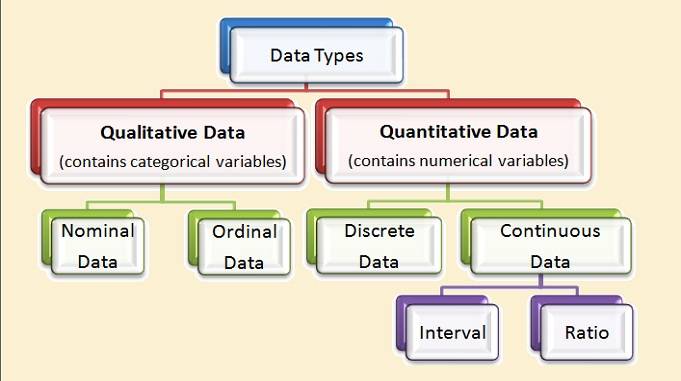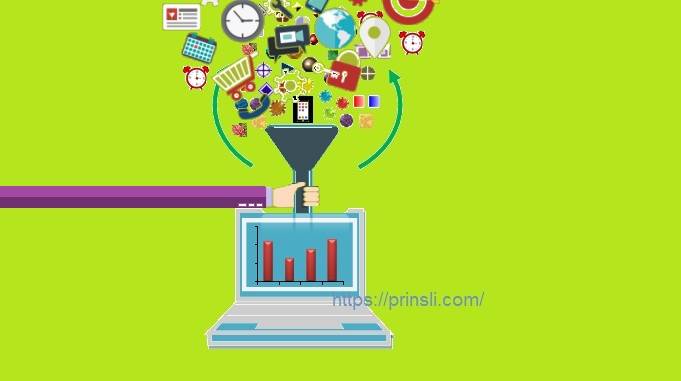
Functions of Classification of Data in Statistics:
Collected data, also known as raw data or unclassified data, is always in a haphazard form. In order to make a smooth further statistical analysis, this collected data needs to be organised and presented in a meaningful and easily understandable form. Classification of data is the process of arranging the collected data into different homogeneous groups/classes and sub-classes, according to some common characteristics, properties or criteria present in the data. The following are the main functions of statistical data classification:
- Makes data more understandable by simplifying it.
- Condenses information.
- Highlights points of similarity and dissimilarity.
- Compares the characteristics of data and draws inferences from it.
- Shows the relationship between cause and effect.
- Prepares the data for tabulation.
- Prioritizes the collected key data while separating the optional elements.
- Helps in the presentation of data concisely.
- Helps to visualize the data and make inferences.
- Eliminates unnecessary elements as well as complexity.
- Compresses the data to a format suited for statistical analysis.
- Quickly highlights the data’s most important features.
- Helps in the statistical analysis of the materials collected.
- Classification improves the reliability of a data set.
- Makes it more appealing and valuable to present.
- Massive amounts of unorganised data storage are both costly and risky and could also be a liability. Data classification also reduces the risk of unstructured sensitive information becoming vulnerable to hackers and saves businesses money on data storage costs.
- Data classification assists organisations in maintaining data confidentiality, ease of access, and integrity of their data.
- Data classification is a regulatory requirement because data must be searchable, and retrievable when needed, within certain timeframes.
- Data classification is a useful data security tactic that facilitates proper security responses based on the type of data being retrieved, transmitted, or copied.
Read Also:
- Classification of Data: Introduction, Definition, Meaning, Cross-Classification
- Objectives / Purpose of Classification of Data
- Steps to an Effective and Successful Data Classification
- Types of Classification
- Principle of Data Classification
- Guidelines for Data Classification
- Uses of Classification of Data
(Source – Various books from college library)
Copyrighted Material © 2019 - 2024 Prinsli.com - All rights reserved
All content on this website is copyrighted. It is prohibited to copy, publish or distribute the content and images of this website through any website, book, newspaper, software, videos, YouTube Channel or any other medium without written permission. You are not authorized to alter, obscure or remove any proprietary information, copyright or logo from this Website in any way. If any of these rules are violated, it will be strongly protested and legal action will be taken.





Be the first to comment